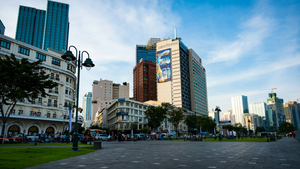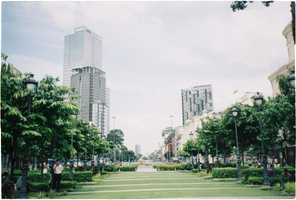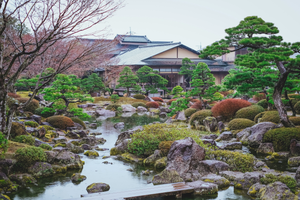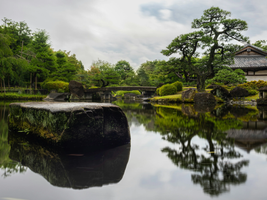Saigon's Skyline: Rooftop Gardens and Eco-Friendly Architecture
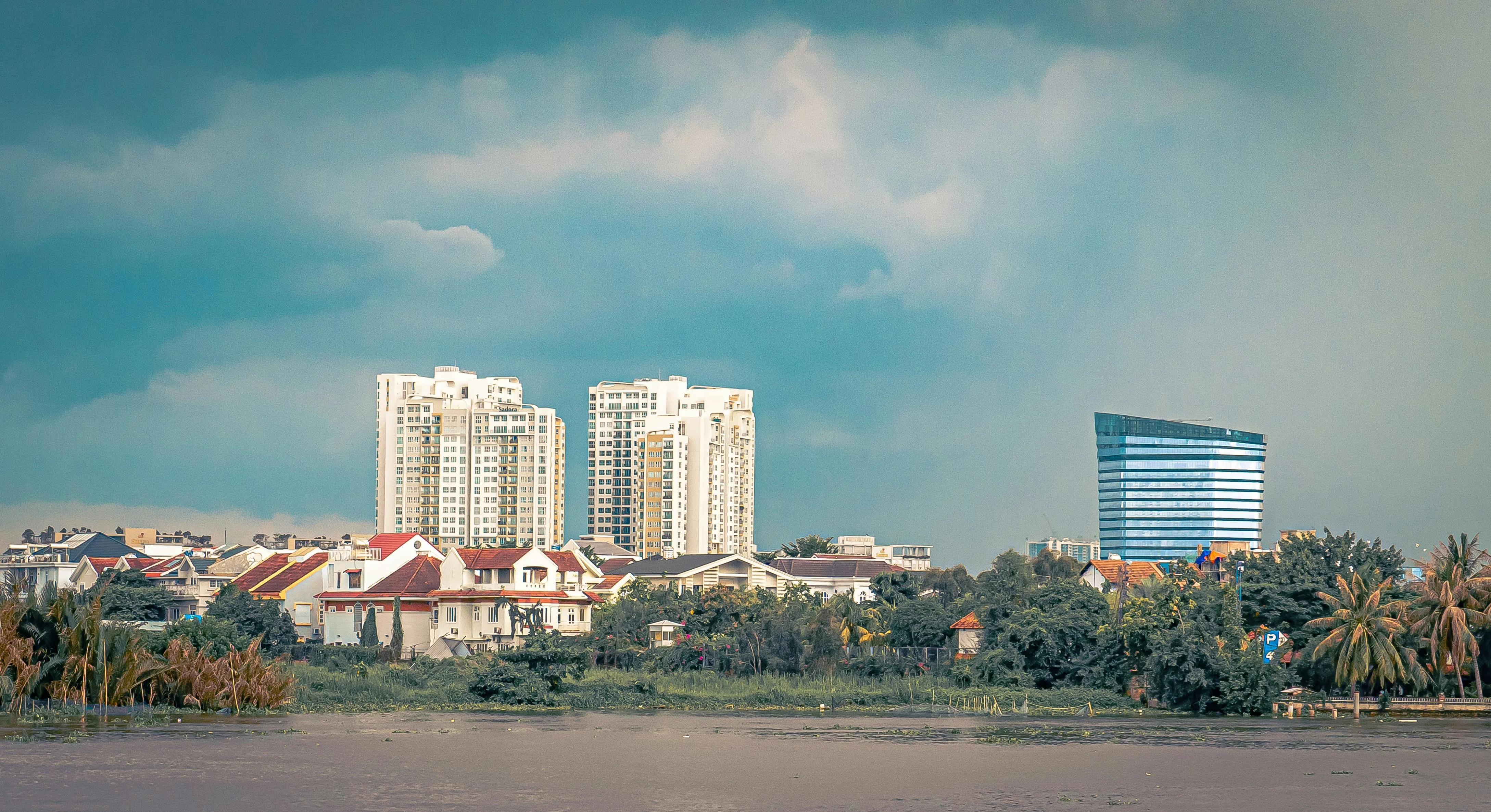
Amidst the bustling streets and vibrant life of Saigon (also known as Ho Chi Minh City), a silent revolution is taking place high above the ground. This Vietnamese metropolis is not just rich in history and culture but is also fast becoming a beacon of architectural innovation. With the pressing need for sustainable urban living, Saigon's skyline is transforming with stunning rooftop gardens and eco-friendly architecture. This article delves into how Saigon is setting an example for cities worldwide by merging nature with urban landscapes.
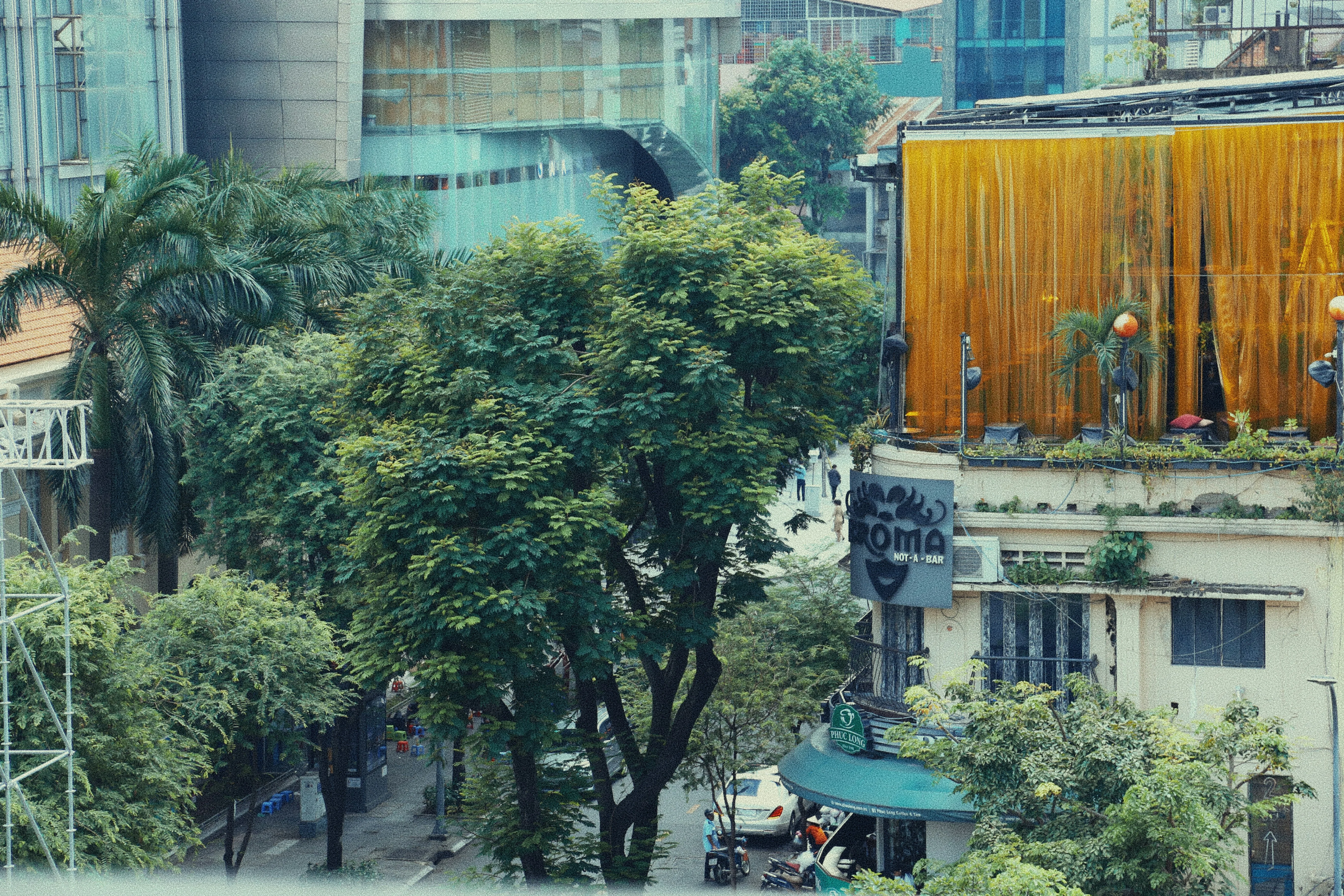
The Rise of Rooftop Gardens
Urban areas around the globe are facing challenges like pollution, reduced green spaces, and the heat island effect. Cities like Saigon are tackling these issues by adopting rooftop gardens, which provide multiple environmental and social benefits.
Benefits of Rooftop Gardens
- Environmental Cooling: By growing plants on rooftops, buildings significantly reduce their internal temperatures, leading to lower energy consumption as less air conditioning is required.
- Improved Air Quality: These green rooftops help in filtering pollutants and carbon dioxide out of the air, promoting a cleaner environment.
- Biodiversity: These spaces can serve as sanctuaries for various species, fostering biodiversity in urban settings.
- Aesthetic Appeal: They add a splash of greenery to the concrete jungle, enhancing the city's beauty and making it more appealing to both residents and tourists.
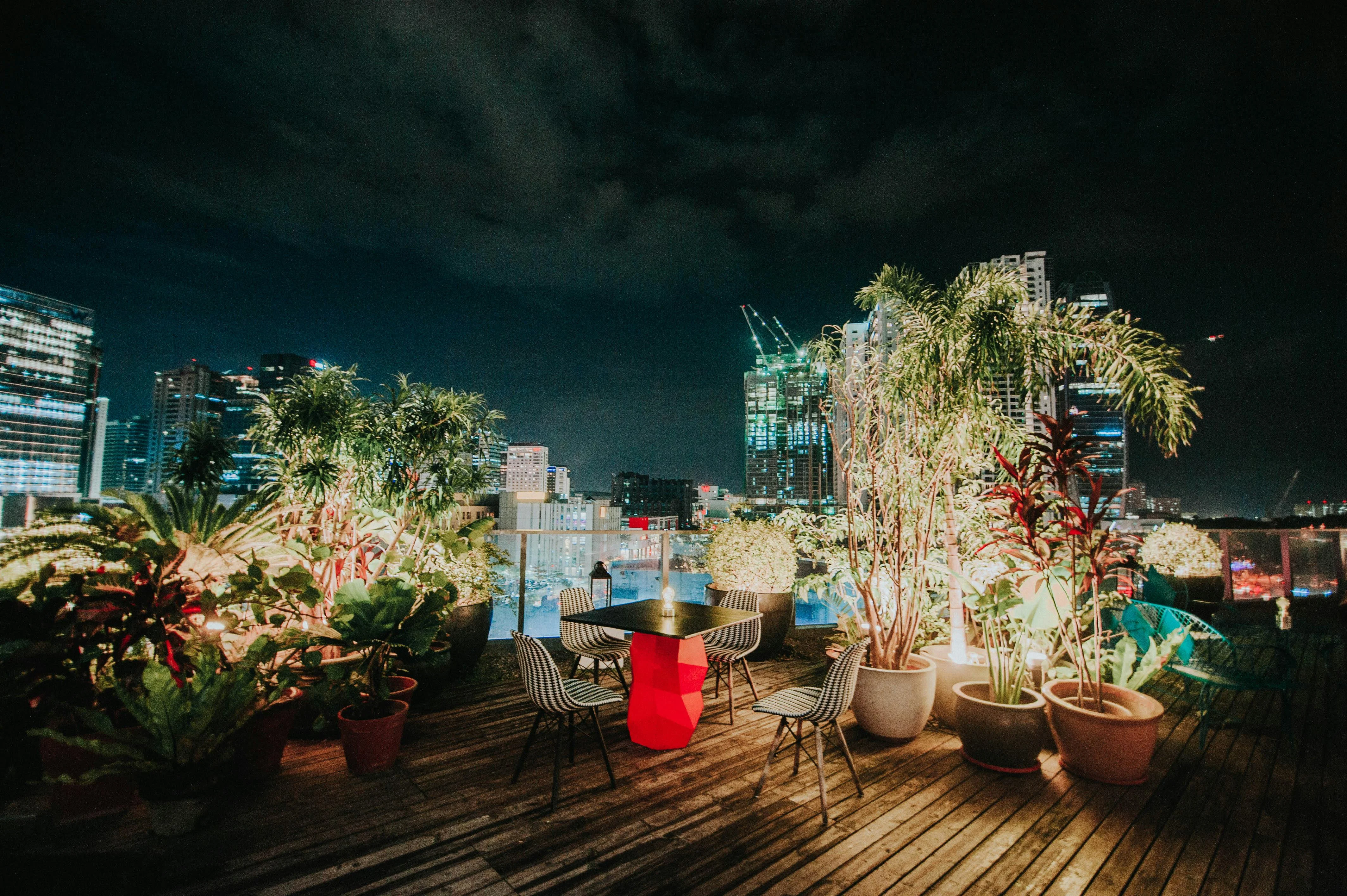
Notable Rooftop Gardens in Saigon
Saigon boasts several exemplary rooftop gardens that are open to the public. From luxury hotels offering panoramic views over lush patches to businesses creating serene employee retreats, these spaces symbolize the city's commitment to sustainable development.
Eco-Friendly Architecture: A Modern Approach
The architectural landscape of Saigon is rapidly evolving to incorporate eco-friendly designs that are both functional and beautiful. This shift is not just about aesthetics; it's a necessity born out of the global urgency to combat climate change and create sustainable communities.
Key Features of Eco-Friendly Architecture
- Energy Efficiency: Modern buildings in Saigon are integrating solar panels, advanced insulation materials, and energy-efficient appliances to reduce their carbon footprint.
- Water Conservation: Innovative water conservation strategies, like rainwater harvesting and greywater recycling, are becoming more prevalent in urban buildings.
- Sustainable Materials: The use of recycled and locally sourced materials is rising, ensuring that construction has a minimal environmental impact.
Exemplary Eco-Friendly Buildings in Saigon
Several buildings in the city stand out for their eco-friendly design. For instance, the Diamond Lotus, a residential project, is noted for its vertical gardens that help purify the air and provide an intimate connection with nature for its inhabitants. Iconic commercial buildings are following suit, combining innovation with sustainability to redefine Saigon's skyline.
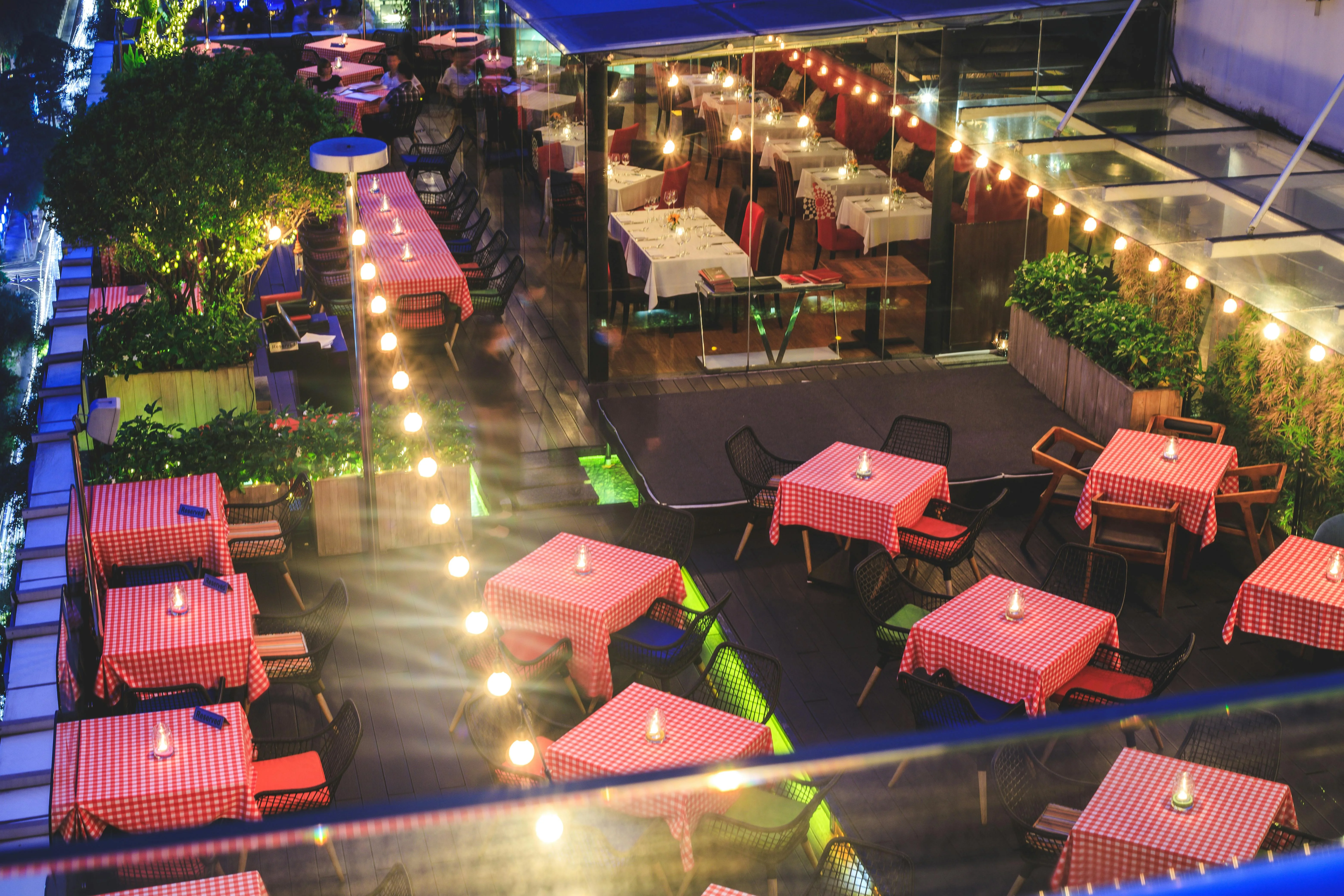
The Future of Urban Development in Saigon
As the city continues to grow, the incorporation of eco-friendly architecture and green spaces will play a crucial role in its development. Saigon's commitment to sustainability sets a benchmark for other cities in Vietnam and beyond.
Challenges and Opportunities
While the transformation is promising, challenges such as the higher cost of green technology and maintaining these spaces persist. However, as global awareness and technological advancements continue to rise, the opportunities to overcome these hurdles multiply, paving the way for a greener urban future.
Conclusion
Saigon is on a commendable journey towards creating a sustainable and eco-friendly urban environment. By embracing rooftop gardens and eco-friendly architecture, the city not only addresses ecological concerns but also enhances its inhabitants' quality of life. As these innovations continue to reshape its skyline, Saigon offers a visionary model for other urban areas worldwide striving for sustainability. With each new project, the city is building upwards and innovating a future where the cityscape harmonizes with the environment.
